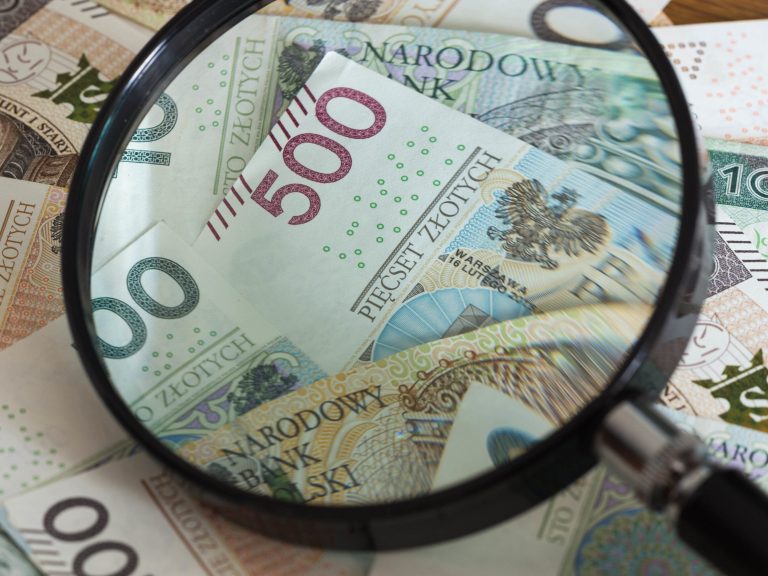It's not just a weed. Discover the culinary and health secrets of free ivy kurdybanka

Kurdybanek ivy once reigned supreme on Polish tables. Over time, it was forgotten about. Now it's coming back into favor again. See how to use it in the kitchen.
Many people treat it like a weed. Meanwhile, Kurdybanek ivy is a valuable plant with many health-promoting properties. It can be found practically everywhere – in gardens, forests, roads, meadows, etc. It has small purple flowers and a pleasant scent. It is best to collect ivy from places far from busy streets and in a lot of sunlight. Plants growing in such places contain more essential oils.
How to use kurdybanek ivy in the kitchen?
Kurdybanek ivy has many culinary uses. It is perfect as an ingredient in various types of dishes, such as pasta, meat and vegetable dishes. You can add it to soups, salads, savory cocktails, pates or sauces. It will also perfectly enrich the taste of scrambled eggs, omelets, minced cutlets, stuffing for dumplings or pancakes based on potatoes or zucchini. It is suitable for eating both fresh and dried. It will successfully replace parsley or various mixtures of herbs and spices used every day in the kitchen. It has an intense aroma and a spicy, spicy taste.
Few people know that you can also prepare an infusion from kurdybank. Just pour a tablespoon of the dried plant into hot water and infuse it covered for about 15 minutes. You can drink this drink twice a day. Some people also prepare health-promoting tinctures from ivy.
What properties does Kurdybanek ivy have?
Kurdybanek ivy contains many valuable microelements. It contains, among others, vitamin C, provitamin A, iron, zinc, silicon, and polyphenols. It has anti-inflammatory and antifungal properties. Supports cleansing the body of toxins. It has a positive effect on the digestive system. It improves digestion and prevents gastric problems such as flatulence, constipation, abdominal pain and diarrhea. It scavenges free radicals from the body and prevents premature aging of cells. It eliminates oxidative stress responsible for the development of many diseases. It strengthens immunity and helps fight infections. Improves the condition of skin, hair and nails.
Kurdybanek ivy and purple lilac
Kurdybanek ivy is often confused with purple ivy. At first glance, both plants look quite similar, but if you look closely you will notice the differences between them. It is about:
-
Color and arrangement of flowers – kurdybanek has purple flowers that cover most of the stem. Meanwhile, the flowers of the purple light plant are much brighter (rather pink) and gather mainly in the upper part of the stem,
-
Appearance and shape of leaves – kurdybank leaves are generally round and slightly shiny. However, purple leaves are narrower at the ends, are more veined, and their surface is covered with small hairs,
-
Smell – Kurdybanek ivy has an intense, distinctive aroma. The smell of purple lilac is sometimes described as unpleasant and earthy. It may somewhat resemble the aroma of beetroot.
It is worth emphasizing, however, that purple lilac is not a poisonous plant. Like ivy, kurdybanek has many valuable properties. Reduces tension and pain. Additionally, it soothes inflammation. Suitable for eating. Many people also prepare infusions and tinctures from it.






